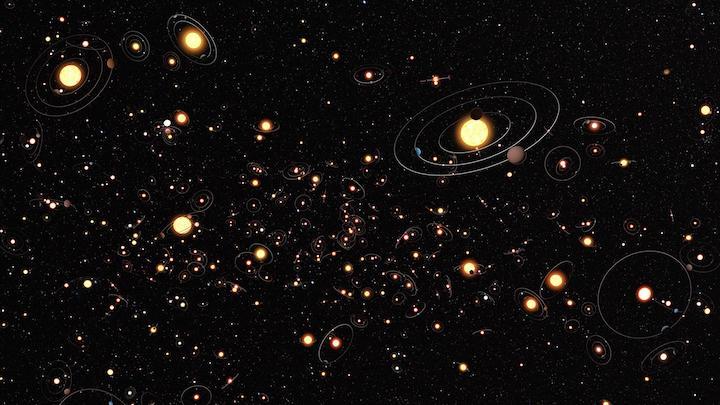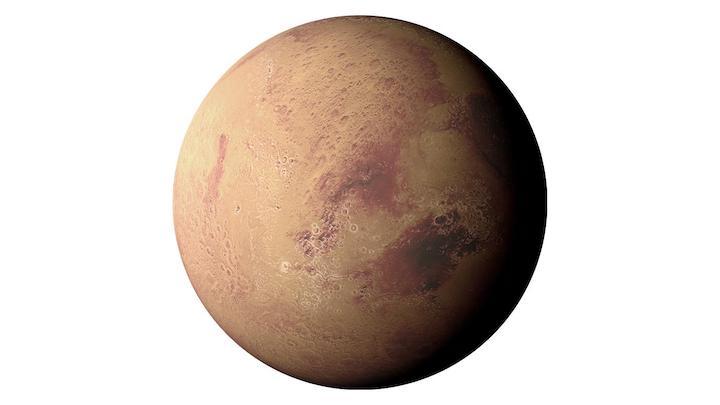Researchers simulate thousands of worlds to see what happens to planets with hydrogen atmospheres
When telescopes became powerful enough to find planets orbiting distant stars, scientists were surprised to see that a lot of them didn’t have atmospheres like Earth’s. Instead, they appear to have thick blankets of hydrogen.
In a new study, two University of Chicago scientists investigated how those planets’ atmospheres evolve, and the likelihood of such planets ever acquiring an atmosphere more like ours. By modeling thousands of simulated planets, they estimated that it would be very rare for a planet that started with a hydrogen atmosphere to evolve into one like Earth’s—and that such planets often wind up losing their atmospheres entirely.
Published July 21 in the Proceedings of the National Academy of Sciences, the results deepen our understanding of how planetary atmospheres form and grow, and can help astronomers narrow down the best places to search for planets with Earth-like atmospheres.
“The habitable zone for planets is on a line—a cosmic shoreline between too much and too little atmosphere,” said Asst. Prof. Edwin Kite, first author of the study and an expert on the history of Mars and the climates of other worlds. “Are there lots of planets sitting along that shoreline, or are they rare? This is a big question in planetary science right now.”
“We know very little about the atmospheres of rocky exoplanets,” said Megan Barnett, a graduate student and second author of the paper. “The planets we’re looking at in this study are too close to their stars to host life, but studying them helps us understand the overall processes that make or destroy atmospheres.”


